Augustinus Bader and the making of a $70m phenomenon
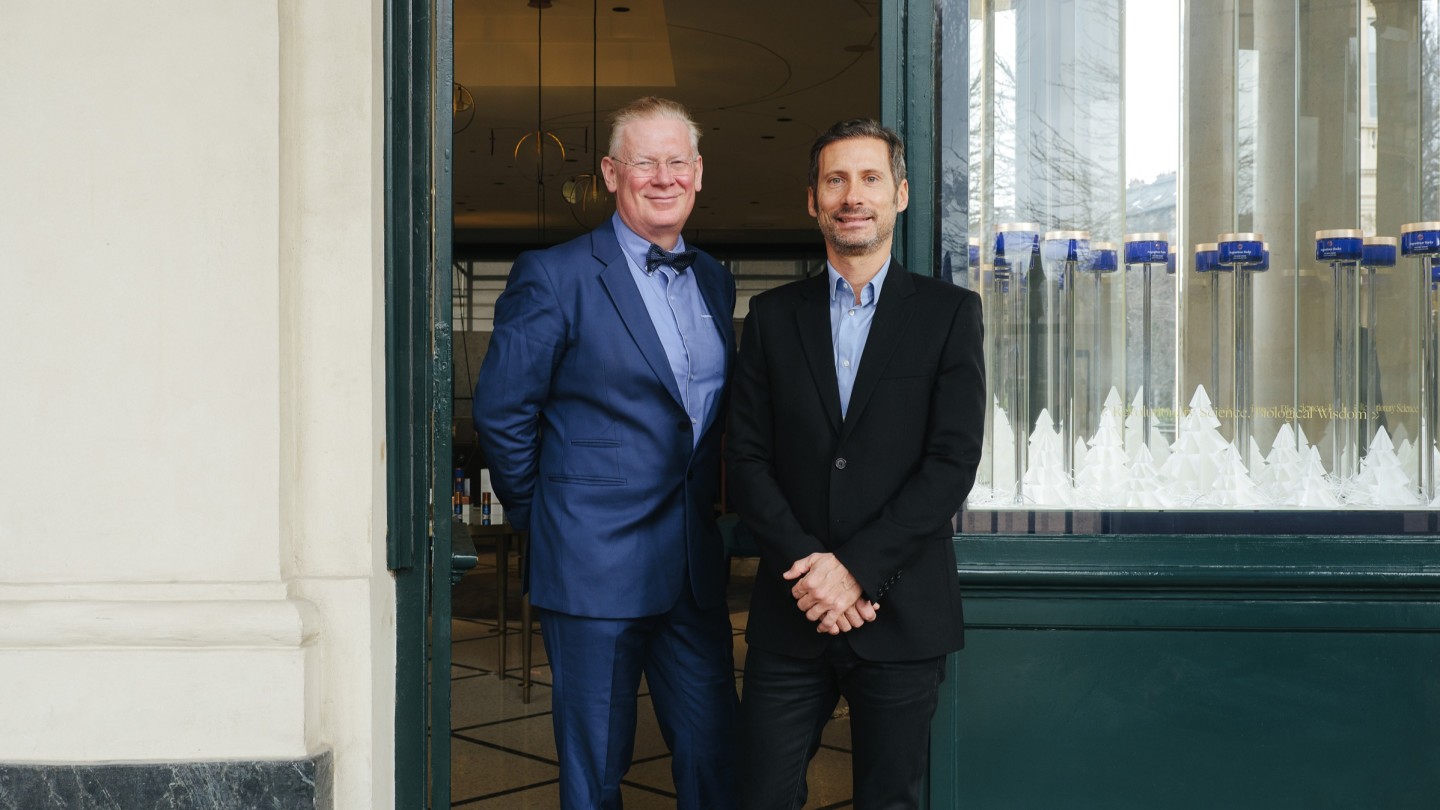
Roula Khalaf, Editor of the FT, selects her favourite stories in this weekly newsletter.
The Augustinus Bader story has become a beauty legend. Professor Bader, one of the world’s leading stem-cell experts, makes a groundbreaking wound gel that rehabilitates the skin of burns victims, without the need for grafts or scarring. At a dinner hosted by Robert Friedland, the self-made billionaire and long-time mentor to Steve Jobs, Bader meets Charles Rosier, a young French financier. They are kicking around ideas for funding the necessary clinical trials for the product, which would likely run into the tens of millions. Pharmaceutical companies aren’t interested because most burns victims are in emerging countries, where the market for sophisticated healing products is negligible.
Rosier has a flash of inspiration: could Bader use what he knows about wound healing to make an anti-ageing cream? “Yes,” answers Bader unhesitatingly. Two years and much cajoling later, the professor makes a prototype skincare cream, and pretty soon anyone who has ever had more than a passing interest in face cream is talking about it.
According to Deloitte, as many as 90 per cent of beauty launches fail within a year. By contrast, the Augustinus Bader skincare brand has grown from a turnover of $7m in 2018 to $70m in 2020. It has also shattered traditional conventions of luxury skincare along the way. For a start, the company launched with just two face products, The Cream (for normal/oily skin) and The Rich Cream (dry skin) and insisted that – apart from cleanser and SPF – they’re all you need to use. No eye cream, no neck cream, no serum underneath, no primer on top – just one cream, and a very specific two pumps at that. This was intriguing. Most luxury-skincare brands (the creams retail at £205 each) don’t just sell you a dream – they sell you a regime.
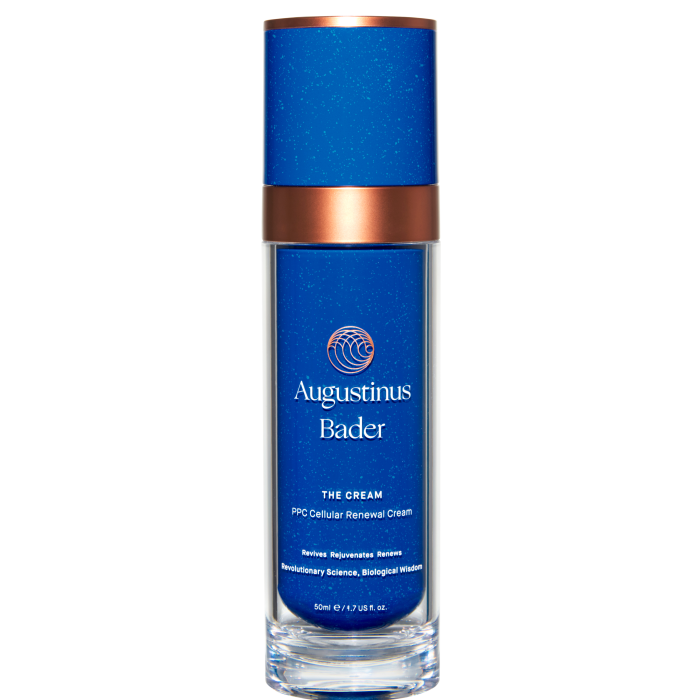
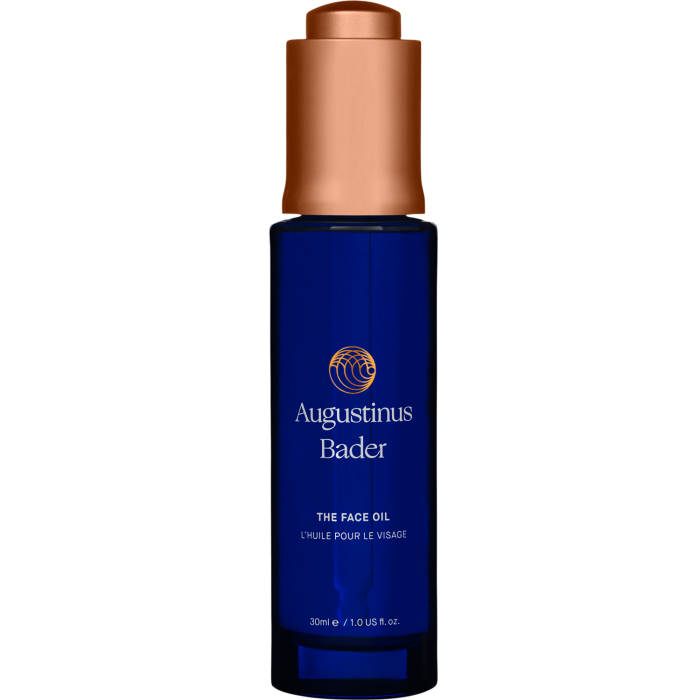
Charles Rosier believes that their inexperience in the beauty industry helped at first. “If I’d known how complex and competitive the industry is, maybe I wouldn’t have had so much passion for it. But because I had seen what Augustinus’s science could do, I was truly convinced that he could create a product that was new, disruptive and of higher quality than whatever else was in the market.”
As it turned out, it was. Celebrities – normally paid handsomely to endorse beauty brands – were not only recommending the Augustinus Bader cream unprompted but investing in the company too (Courteney Cox, Melanie Griffith and Carla Bruni to note). Usually cynical beauty editors discussed it with the fervour of addicts (myself included). And in February, a panel of more than 300 industry experts voted The Cream and The Rich Cream as Women’s Wear Daily’s Greatest Skincare Product of All Time (Crème de la Mer, launched in 1965, took second place and Estée Lauder Advanced Night Repair, from 1982, took third), neatly capping off a pleasing statistic of 36 awards in 36 months.
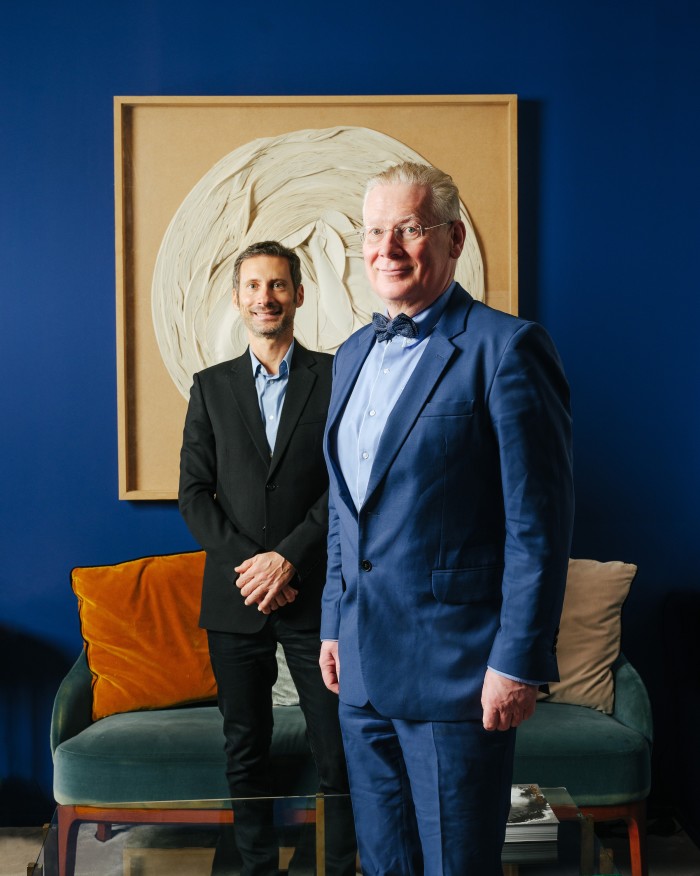
Bader – a softly spoken, bow tie-wearing 61-year-old German – is both as thrilled and bemused by the brand’s success as you’d hope. Before making the face cream, he says, he had never used a skincare product in his life. But he likes the fact that now, when he uses the cream before shaving, he no longer cuts himself. It would never have occurred to him to have created a cleanse/tone/moisturise-type regime. “Beauty is always from inside,” he says. “You don’t need a routine, as many people have been used to. The idea is that just after washing your face, you use The Cream or The Rich Cream. Everything is in that one product.”
It would be tempting to paint Bader as the sneery scientist, dabbling with the beauty world as a means to an end (close to 10 per cent of the brand’s profits in 2019‑20 went to wound-healing research and other charities). The opposite is true: what finally convinced him to embark on the project was his patients’ reaction to his early prototype: “When I gave the product to patients with diabetic wounds, their skin became healthier-looking and stronger, and I could see how happy it made them . . . so for me, even though it was just a skincare product, it developed a kind of medical meaning.”

Also subversive is the brand’s conspicuous lack of “miracle” ingredients. Bader’s work is guided by the principle that your skin contains all it needs already – it’s the communication between the cells that’s important, not applying endless new ingredients that your skin doesn’t recognise. “Conventional medicine very often tries to help by treating symptoms, but what the patient really wants is a healing process,” he says. The creams themselves contain a complex called TCF8, which he says is “mainly made out of vitamins, amino acids and lipid structures”.
According to Charles Rosier, Bader is probably the person in the team who is strictest about only using gentle ingredients – which means the brand is able to satisfy the current appetite for “clean” skincare too. That’s why there’s no SPF; because Bader is vehemently opposed to chemical sun filters and has so far found it hard to make sufficiently premium-feeling sun protection without them. And, says Bader, a little bit of sun is good for your skin – as is a little bit of stress (and carrot juice: he says that people who eat a lot of carrots generally have good skin).
Last month the brand also launched a vegan version of The Rich Cream, with original ingredients such as beeswax and lanolin removed and a slightly upgraded formulation. It has the same rich texture and the same uncanny ability – which fans can eulogise about for hours – to “hug” your skin within seconds of applying.
But is it getting harder to avoid the pull of the beauty mainstream? Some devotees have taken a recent spate of new launches to mean that the brand is moving away from its original “one cream is all you need” philosophy, and that as a result has lost some of its outsider charm. In the second half of 2020, launches came thick and fast: there’s now an Essence, Face Oil, Cleansing Balm, Cleansing Gel and Lip Balm, plus body oils and lotions.
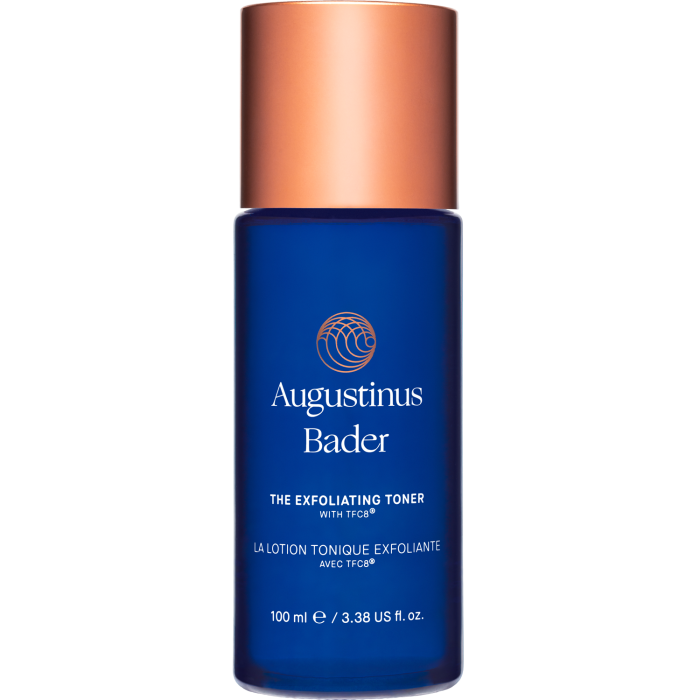
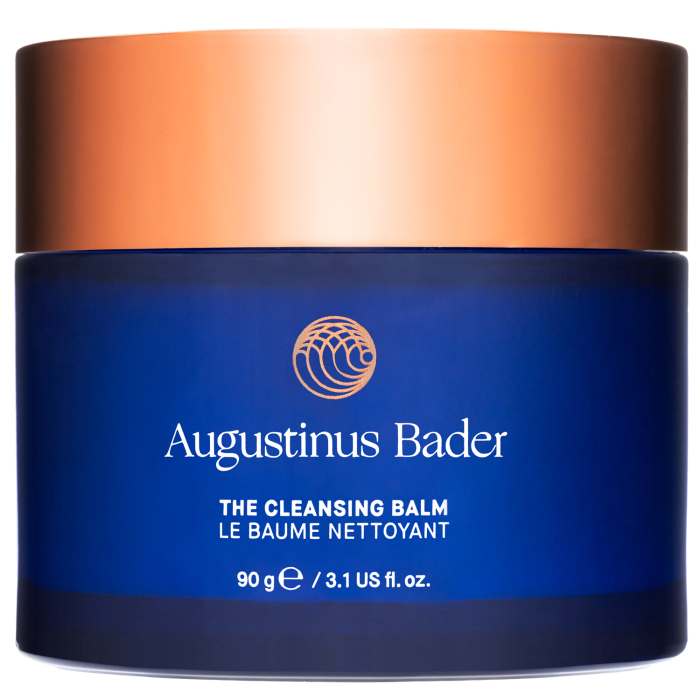
Rosier points out that most of their competitors “have around 200 products” and that last year’s bottleneck of launches was largely due to hold-ups in the lab, as well as Covid-19. “Perhaps our philosophy has switched a little from ‘We’ll give you one cream’ to ‘We’ll give you the essential basics of a skincare routine’,” he concedes. “We’ll never do 20 serums, but we’ll do products where we feel they can be better than other things that exist in the market, and allow you to have an Augustinus Bader routine and not have to mix our products with other brands.”
Given how feverish the current Bader obsession is, it seems unlikely that customers would need much convincing not to mix other brand’s products into their routines. What is debatable is how long this brand can remain a disrupter. Ever the renegade, Bader is less interested in being a beauty outsider than encouraging the rest of the field to raise its game.
“This new beauty side of my work is interesting because, ultimately, healthy skin contributes to beauty – and for me, that’s not something superficial, it’s something absolutely relevant to all the work that I do, including the medical research. In a way, I hope that perhaps what we can do is be a little bit game-changing about what a skincare product may want to achieve.” And that, to me, sounds like real hope in a jar.
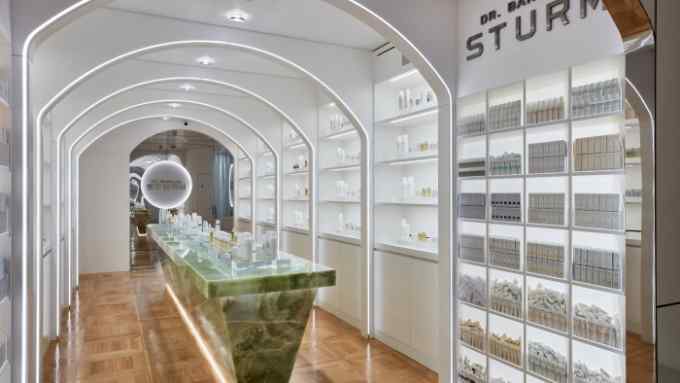
Comments